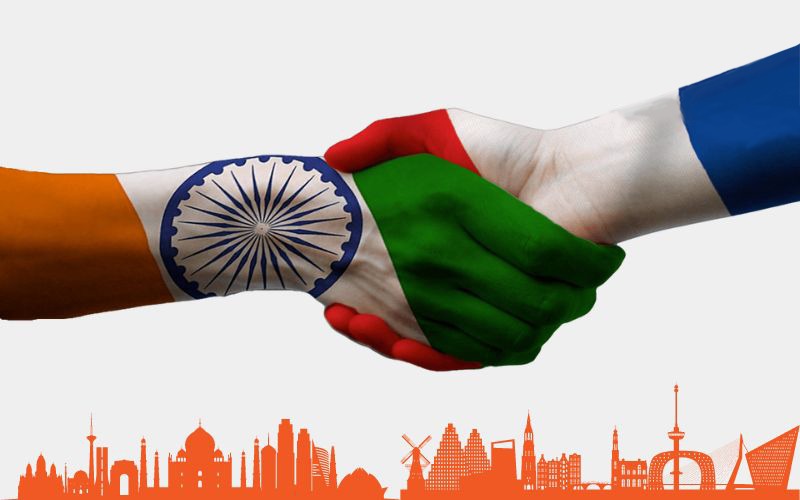An Investigation into Indo-Dutch Trade

This blog post has been authored by Manish Vaidya, Economics Researcher at Arthashstra Intelligence
Indo-dutch relations can be traced back to 400 years ago, when the Dutch East India Company was established in India, mainly to trade textiles in exchange for spices.
With the establishment of bilateral relations in 1947, The Netherlands is India’s third-largest export destination, today. Petroleum products (mainly Aviation turbine fuel and diesel), electronics, chemicals, ready-made garment cotton and accessories, and aluminum products are the major exports. The bilateral relations between the two nations have solidified over the years. The Netherlands is also a significant investor in India, and up to 200 Indian companies operate in the Netherlands. It is also an essential entrepot hub, with other EU member states being the end consumers for Indian exports.
Discerning trade patterns
India and Netherlands have a long and concrete economic and political convergence. From Fig 1, it can be seen that the trade deficit between the two has fairly been volatile. Netherlands’ strong port infrastructure and multi-modal connectivity with the EU have solidified its position as an essential trading hub. The main jump in exports is mainly due to an increase in petroleum products exports. In aggregate, 14% of total exports from India are mainly Mineral fuels, Oils, and distillation products, other major components include machinery and minerals, as of 2021. These categories are the main export recipients to the Netherlands as well. India has a good business presence and activity there as well, with up to 300 Indian companies operating there. Prominent Indian enterprises like OYO Group, Tata Steel, Ola, Apollo Tires, etc, have acquired Dutch companies.
Source: Ministry of Commerce and Industry; Compilation and Visualization By Arthashastra Intelligence.
On the other hand, coming to investment and Dutch imports, the Netherlands was the fourth largest foreign investor in FY2021-22, accounting for 7% of cumulative FDI inflows to India. A few of the key items exported are vegetable oils, organic chemicals, drug formulations and biologicals, plastic raw materials, chemical and medical products, etc. On the business activity side, almost 300 Dutch enterprises operating in India, for instance, Unilever, Phillips, Heineken, Royal Dutch Shell, etc.
Both countries have a significant presence and strong trade credentials in multiple sectors. It is evident that there is intra-industry trade between the Netherlands and India, suggesting that there is no complete specialization of trade for given categories between the two nations. However, it can be said that India exports those items, for which it does have some productional or rather a comparative advantage in relative terms and gains from trade with the Netherlands in terms of more accessibility to high-quality goods alongside increased overall variety. The same can be said for the Netherlands as well. Indo Dutch trade scenario is an application of the conventional trade theories, like the Krugman monopolistic competition model of trade, which develops the premise for intra-industry trade, and posits that gains from trade are mainly increased varieties and price competitiveness.
References:
- Retrieved from The Economic Times (Author: Press Trust of India) Netherlands emerging as key export destination for India amid jump in shipments of petro products
- Retrieved from Trade Promotion Council of India (Author: Mehr Suri) India-Netherlands trade: Exploring new prospects
- Retrieved from Embassy of India (Author: Embassy of India) Bilateral trade and investment
